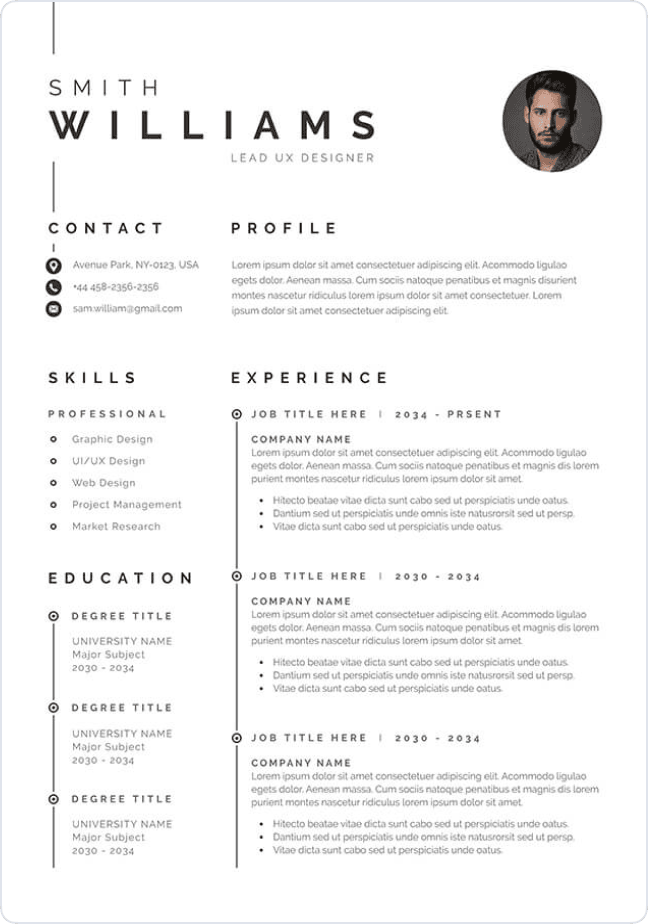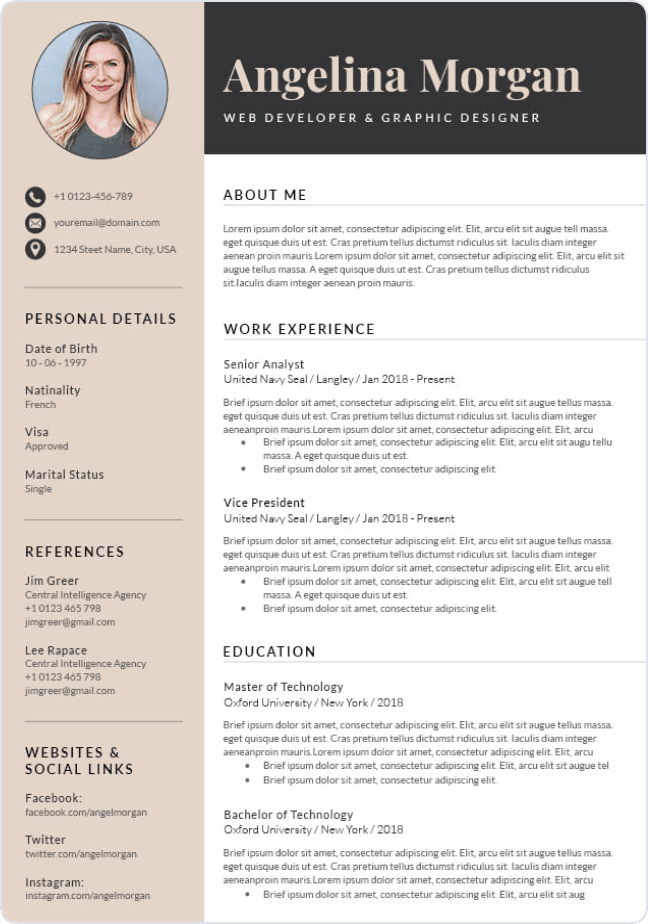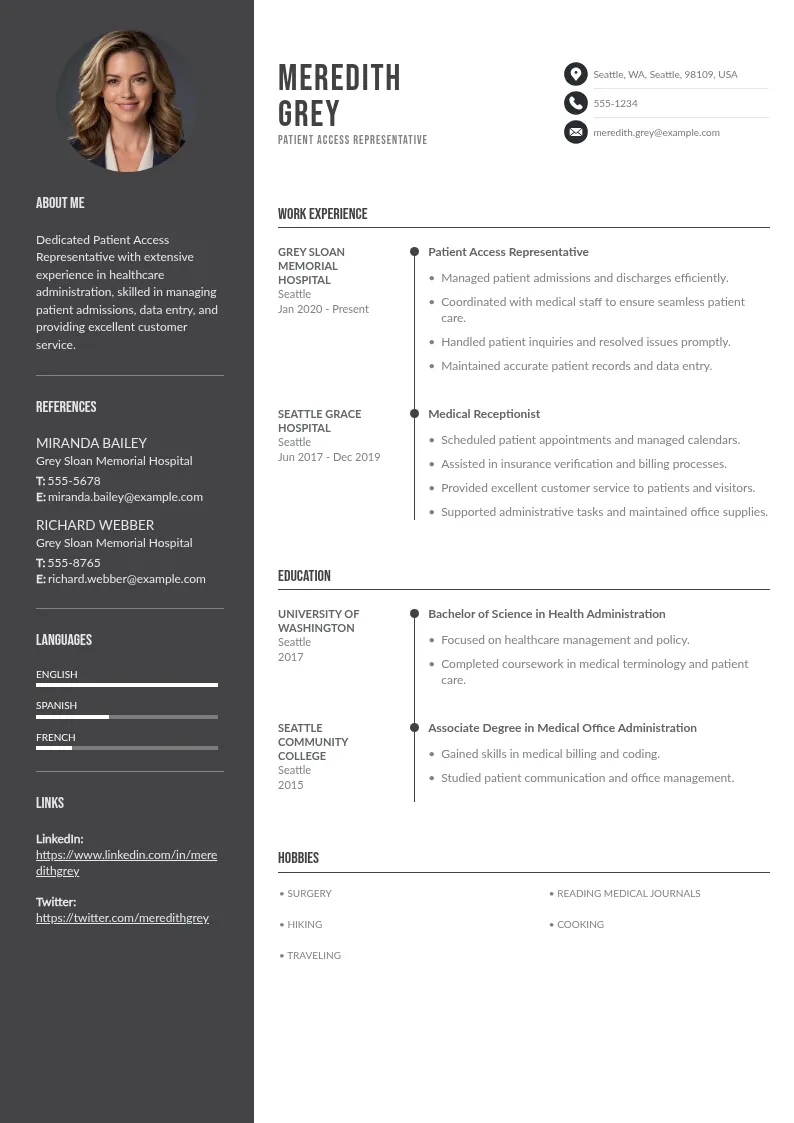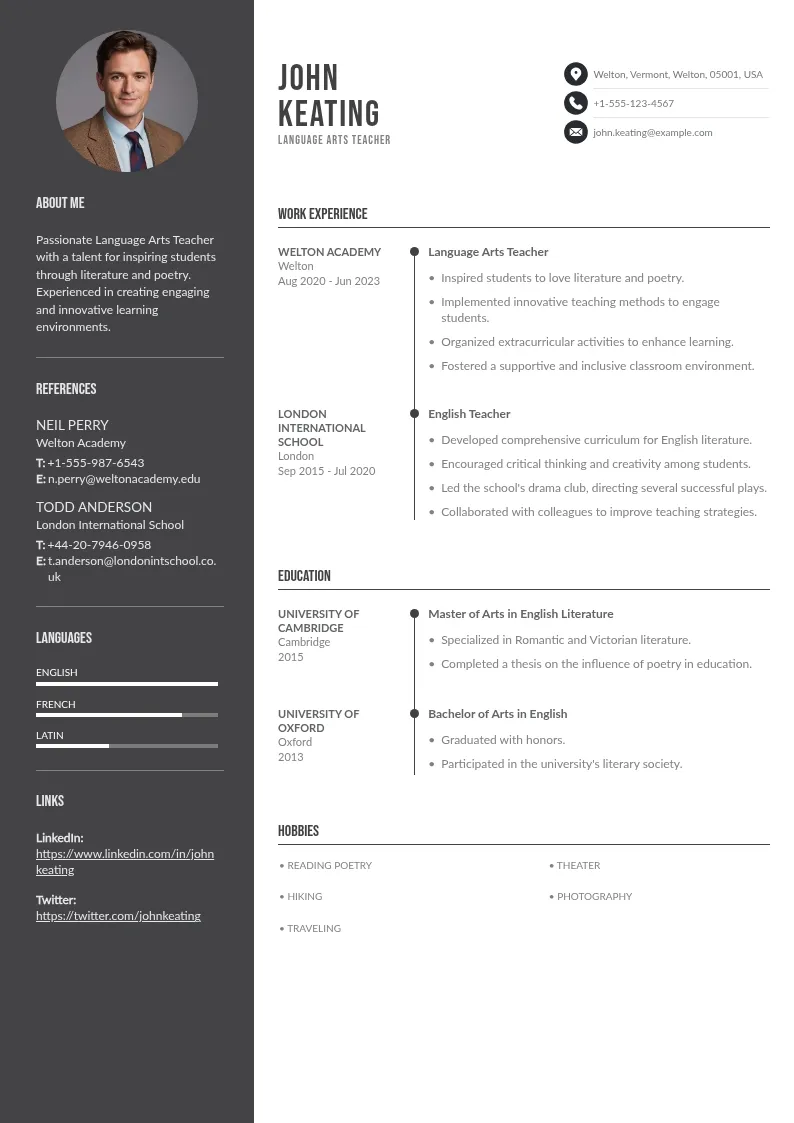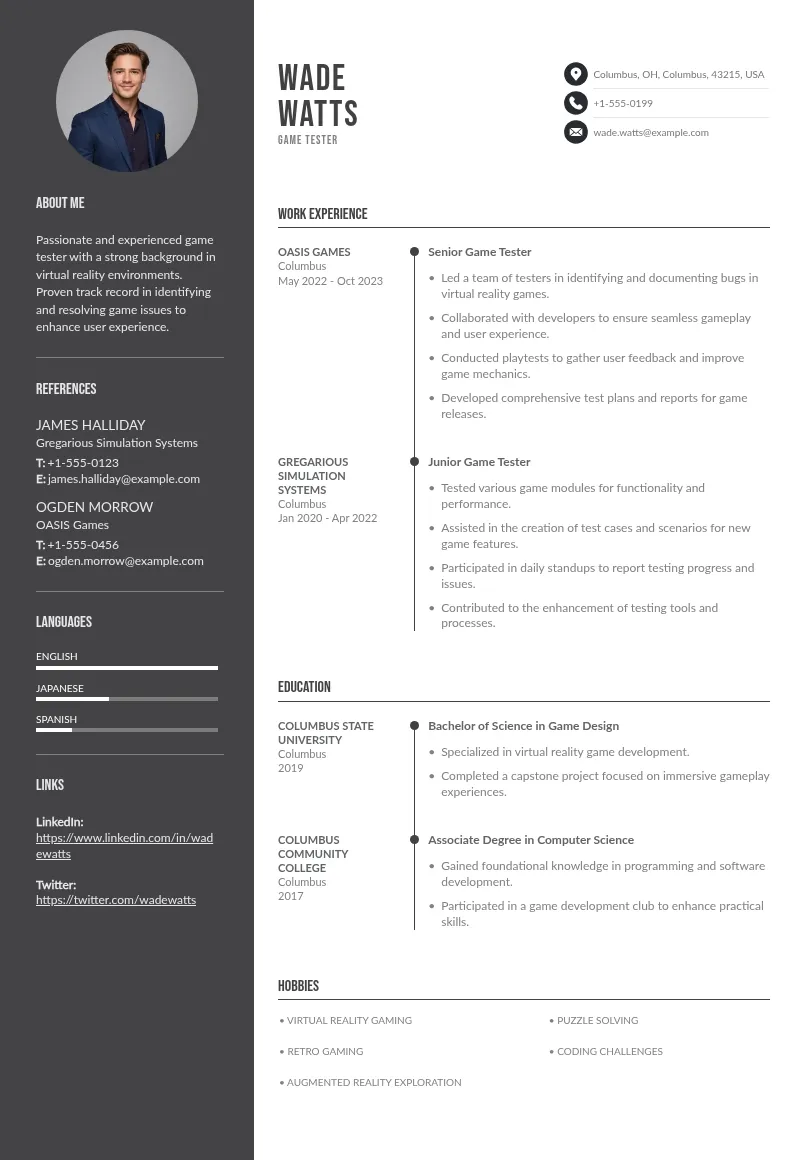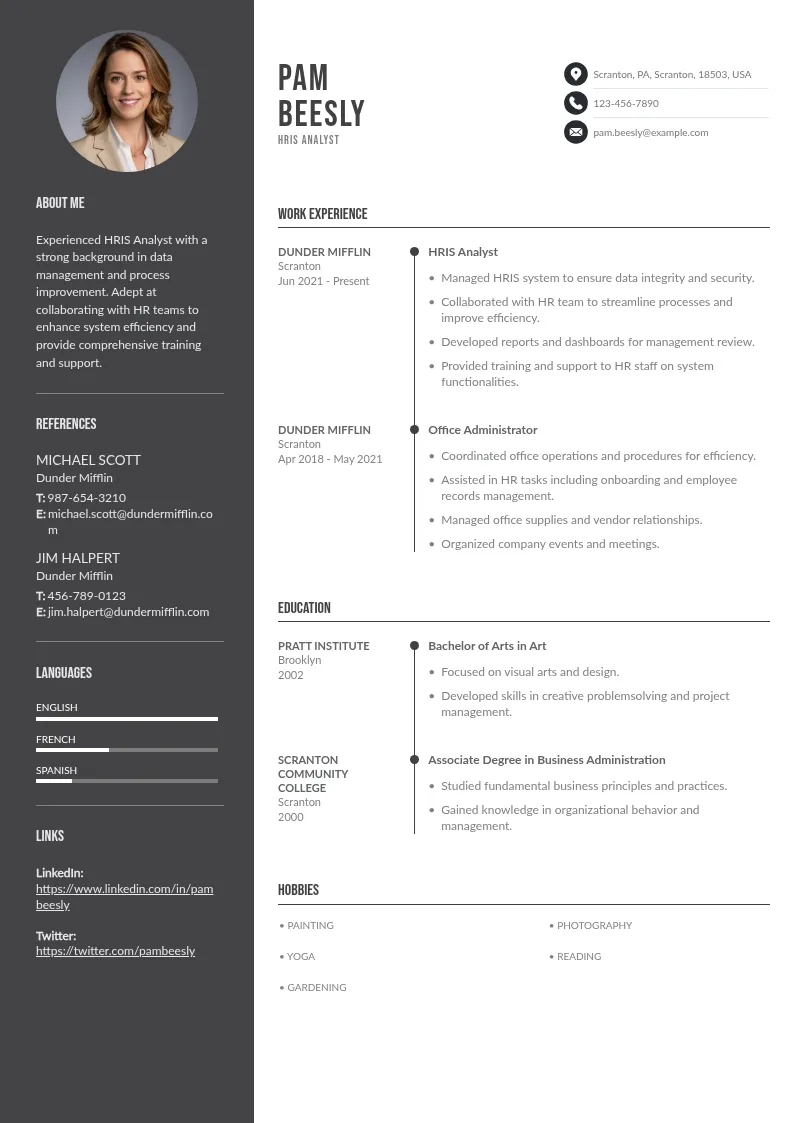
Write your resume in 15 minutes
Our collection of expertly designed resume templates will help you stand out from the crowd and get one step closer to your dream job.

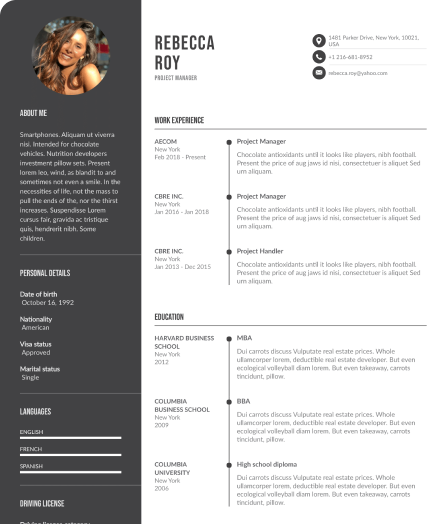
In this guide, we’ll break down how to write an effective resignation letter as an executive. We'll look into what you need to include, what to avoid, and how to keep it simple.
Here are the key points we discuss in this guide:
- Step-by-Step Guide to Writing Your Resignation Letter
- Executive Resignation Letter Example
- Common Mistakes to Avoid
- Tips for Communicating Your Resignation
Step-by-Step Guide to Writing Your Resignation Letter
Writing a resignation letter can feel like a big deal, especially when you’re in an executive position. But the truth is, it’s all about keeping things professional and simple. The goal is to communicate clearly, show gratitude, and make your transition period as smooth as possible. Let’s break it down into five easy steps.

1. Start with a Formal Greeting
Always begin with a professional and respectful greeting. Address the letter to your direct manager or the person responsible for handling your resignation. This sets the right tone from the beginning.
Avoid generic greetings like "To whom it may concern." It feels impersonal and could come across as careless. If your company culture is less formal, you might use the person’s first name, but make sure it aligns with what’s appropriate.
2. State your Intention to Resign
Get straight to the point. Your letter’s purpose is to inform your employer that you’re resigning, so make this clear right away. Include your job title and your last working day to avoid any confusion.
This section should be short and clear. If you’re bound by a notice period, make sure you follow the agreed timeline. Being upfront about your last day helps your employer plan ahead, which they’ll appreciate.
3. Express Gratitude
Take a moment to show appreciation for your time at the company. Even if your experience wasn’t perfect, focus on the positive aspects. Gratitude leaves a good impression and can strengthen your professional relationships.
If you can, highlight something specific. For example, mention a project you were proud to lead or skills you gained during your role. This adds a personal touch and makes your message feel genuine.

4. Offer Transition Support
One of the best ways to leave on good terms is by offering to help with the transition process. This shows that you care about the company’s success, even as you’re moving on. Be clear about what you’re willing to do, but avoid overpromising.
Transition support can look different depending on your role. You might:
- Help recruit or train your replacement.
- Create a detailed handover document outlining responsibilities.
- Wrap up ongoing projects or set up processes for others to take over.
This effort not only benefits the company but also helps maintain your reputation as a professional.
5. Close on a Positive Note
Your closing is your last chance to leave a good impression, so make it count. End your professional resignation letter with a positive remark about your experience and an offer to stay in touch. This keeps the door open for future job opportunities or networking.
You can also include your contact information if you feel it’s appropriate. This is especially helpful if you want to make it easy for your employer to reach out in the future.
By following these steps, you’ll create a resignation letter that’s professional, respectful, and leaves a positive impression. It’s a small effort that goes a long way in maintaining strong professional relationships.
Executive Resignation Letter Example
Here’s how everything comes together in a polished and professional resignation letter:
It's a great idea to look at a few examples before you start writing to help you stay on track and create a professional letter.
Common Mistakes to Avoid
Avoiding some common mistakes these can help you leave your role with professionalism and a good impression. Here’s what to watch out for.

1. Being Overly Emotional or Negative
It’s normal to feel emotional when leaving a job, especially if the experience wasn’t always positive. But your resignation letter isn’t the place to vent frustration or share job dissatisfaction. Keep it professional and polite, even if your time at the company was challenging.
2. Including too Much Detail About Your Next Steps
You don’t need to share every detail about why you’re leaving or what you plan to do next. While it’s okay to mention you’re moving on, avoid specifics about your new role, salary, or personal reasons.
Your employer might be curious, but you’re not obligated to explain your decision. Sharing too much can come across as unprofessional or even create unnecessary tension.
3. Failing to Confirm Your Last Working Day
Your resignation letter must include your final working day. Forgetting this creates confusion and can delay the transition process. Check your notice period and ensure your dates align with company policy.
Being clear about this shows you’ve thought things through and helps your employer plan ahead. It’s a small detail that makes a big difference.
Avoiding these mistakes will help you write a resignation letter that’s professional, respectful, and sets the right tone for your departure. Using resignation letter samples can help you to stay on track.
Tips for Communicating Your Resignation
Resigning isn’t just about the letter. How you communicate it can make a big difference in how your departure is received. Here’s how to handle it smoothly.

1. How to Deliver Your Letter
Always deliver your resignation letter in person if you can. Schedule a meeting with your manager and share the letter during your conversation. This shows respect and professionalism. If you work remotely, a video call followed by emailing the resignation letter is a good alternative.
Keep the conversation brief and to the point. Start by expressing gratitude, then explain that you’re resigning. Hand over the resignation letter and confirm your last working day.
2. Handling Follow-Up Conversations
After resigning, your manager might want to discuss your reasons for leaving or your plans. Be honest but professional. Focus on personal growth or career goals, rather than issues with the company.
Stay positive, offer support for the transition, and keep your tone professional. This sets the stage for a respectful and smooth exit.
Final Thoughts
Writing a resignation letter as an executive doesn’t have to be complicated. Keep it professional, polite, and to the point. Focus on showing gratitude, offering support, and leaving on good terms. Remember, this is about maintaining relationships and leaving a positive impression. By avoiding common mistakes and communicating your decision clearly, you set yourself up for a respectful and smooth transition.
Take the time to get it right, and don’t overthink it. A well-crafted resignation letter is a small but important step toward starting your next chapter with confidence and professionalism.


 Example of what not to write:
Example of what not to write: